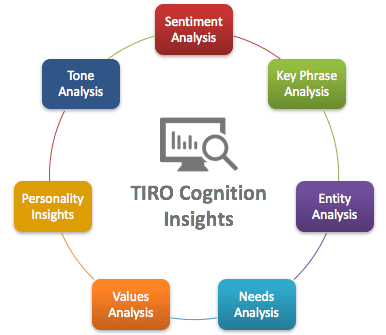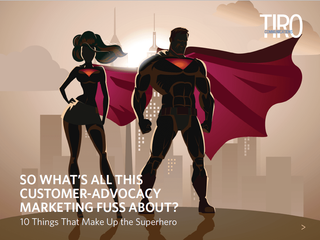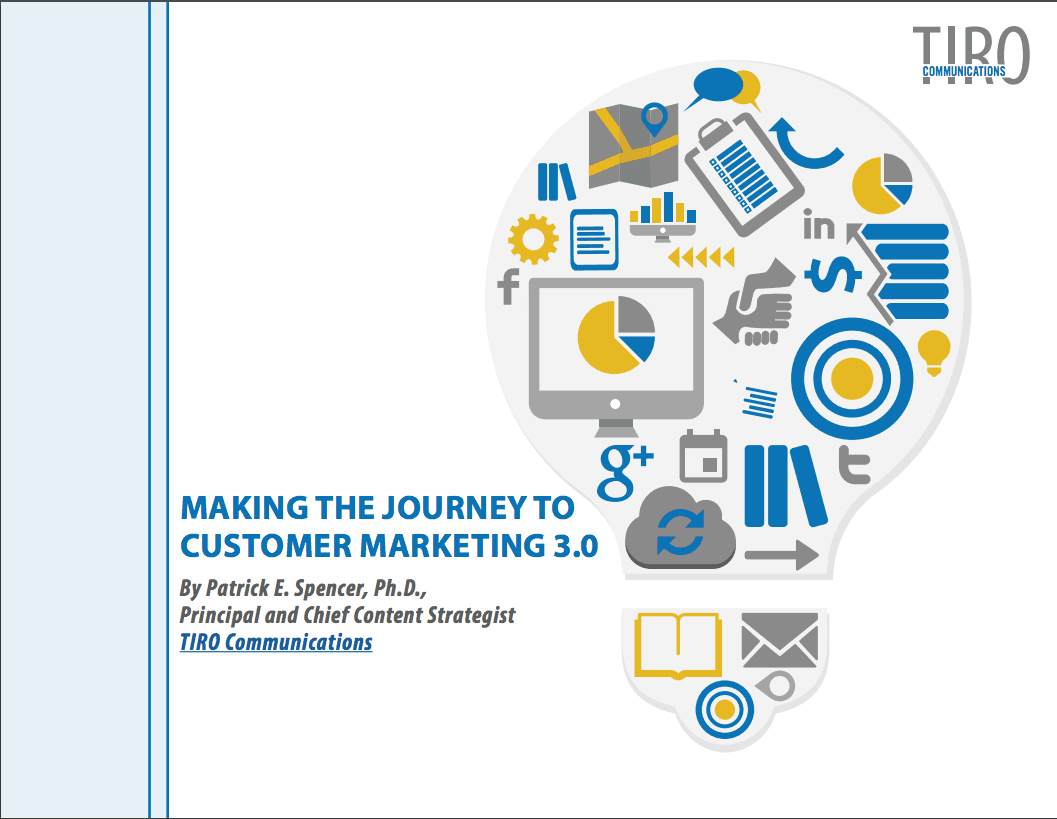Content Marketing that Resonates with Demand Generation
- By Patrick Spencer
- •
- 06 Dec, 2015
- •
4 recommendations to ensure that your content isn't in the "unused" 70 percentile.

Regardless of which report and survey you read, content is playing an increasingly important role in the buyer’s journey. For example, the “2015 B2B Buyer’s Survey Report” by Demand Gen Report finds that 86 percent of buyers indicate content influences their purchase decision. And the impact isn’t simply at the top of the funnel or above the funnel. Eighty-three percent of buyers cite that having content spanning all phases of the buying lifecycle as important or very important.
Yet, despite buyers seeking more content and marketers responding with greater volumes, a majority of organizations struggle to produce meaningful content that connects with their audiences. Much of the content never reaches the intended audience; as much as 70 percent goes unwatched and unread. With this in mind, Gartner finds that nearly $1 billion is spent annually on content that is never used.
Content that Reaches and Engages Your Buyers
So what should marketers do to ensure that their content reaches and resonates with their audiences? The following are some high-level recommendations organizations can heed when architecting, building, and executing their content marketing programs:
1. Gated Content. While gated content is an effective mechanism for driving leads, content marketing professionals need to gauge carefully what they gate and do no gate. Buyers—and customers—want easy access to content when responding to social tweets and posts and online ads and banners as well as simply browsing content on a website. For content that is gated, marketers should avoid employing forms that require multiple fields. One effective tactic to use is progressive profiling so that information on a prospect is built over time (as they download and view additional content).
2. Not in a Vacuum.
Content
should not be created in a vacuum but as part of broader campaigns or industry
trends (curation is a great tool to leverage). This builds messaging cohesion and creates
momentum around those initiatives. It is particularly important for
organizations to have a
documented
content marketing strategy. Those that do so see better results than those
without documented strategies—from measuring ROI to producing engaging content.
3. Buyer Personas and
Journey Mapping.
Marketers need to understand the
personas to which they are marketing and align messaging and content deliverables
accordingly. Further, buyer roles change during the purchase cycle and content
preferences evolve during the journey. As an example, an eBook might be a great
content option above the funnel for a marketing leader looking for a marketing
automation solution. However, that same persona may see little value in it
during middle-of-the-funnel or bottom-of-the-funnel activities.
4. Real Time Targeting / Personalization. Marketers have been using marketing automation tools to personalize content via email campaigns for a number of years. The demand for personalization now extends from the website to online advertising. Buyers want to see content tailored not only to their industries but to their specific business requirements. Growing numbers of organizations now employ real-time personalization technologies such as Marketo RTP or Evergage to proactively engage visitors based on segmentation (often using account-based marketing) and behavior. Of course, for live human engagement, live chat remains a preferred mechanism.
And with intelligent ad retargeting tools, personalized experiences
no longer end when buyers leave a website; rather, with these next-generation ad
retargeting tools (e.g.,
ListenLoop),
the personalized journey continues when the buyer leaves the website.
Specifically, buyers receive ad content and messaging specific to the behaviors
they exhibited when on the website and/or account activities and segmentation
(through account-based marketing).
Aligning Content Marketing with Demand-Gen Efforts
Simply producing higher volumes of content will not necessarily translate into better demand-generation results. Marketing organizations must first get the fundamentals right. The above four are some of the more critical areas that marketing professionals need to consider when evaluating their demand-generation efforts and content marketing strategies.













